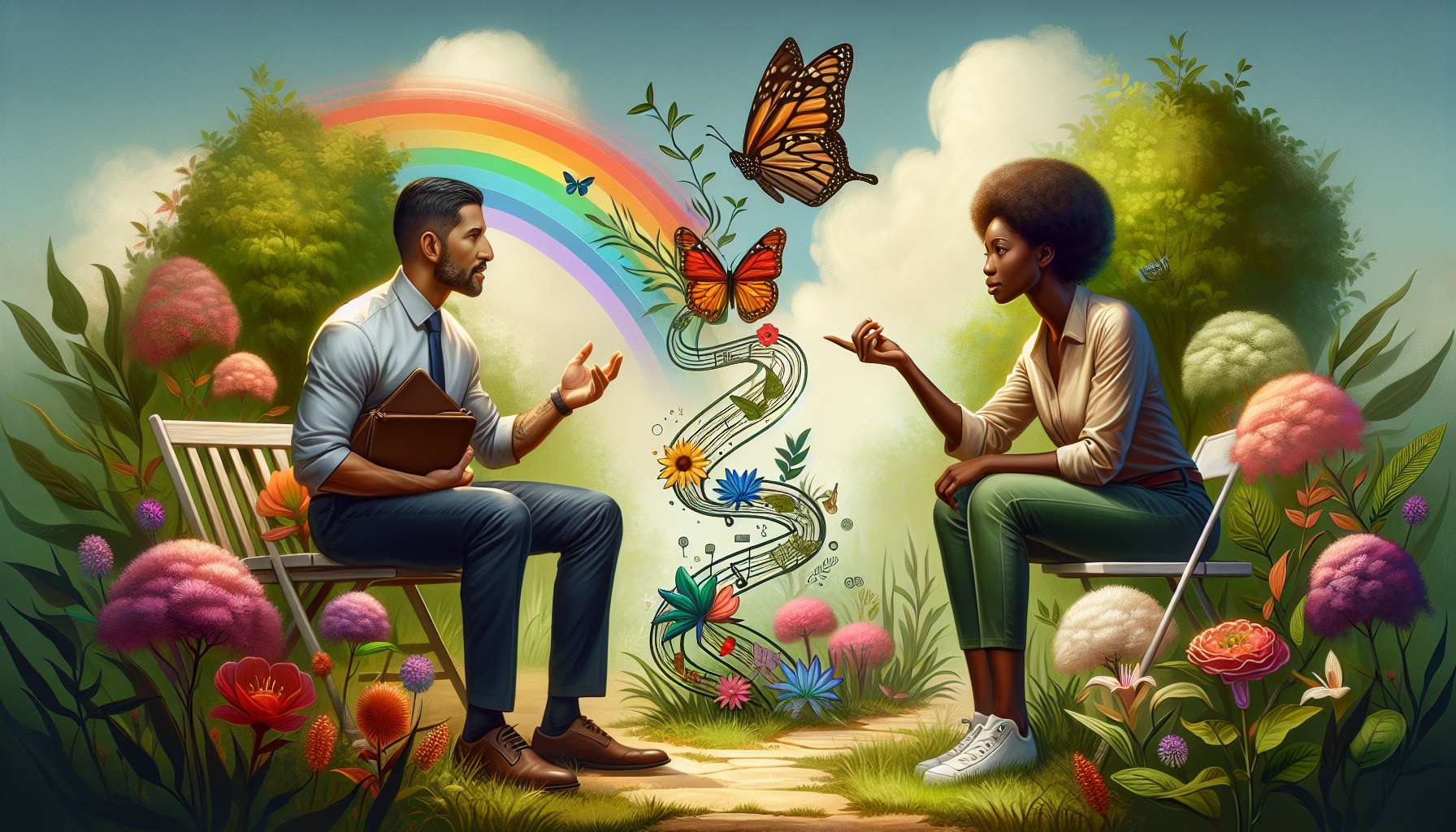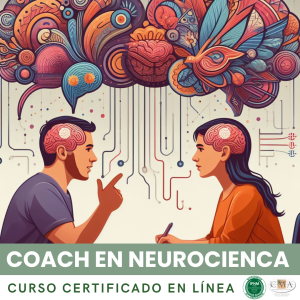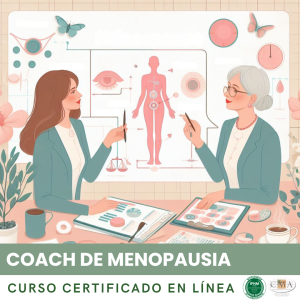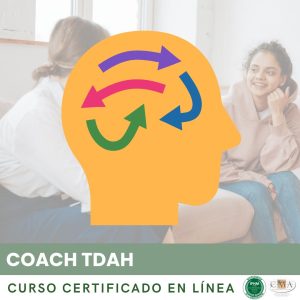
Metaphors and analogies are powerful tools in the Ikigai Coach’s toolkit to facilitate understanding, insight, and anchoring learning in the client. These stylistic figures create bridges between abstract concepts and concrete images, thus promoting a deeper and more intuitive integration of ideas.
A metaphor is an implicit comparison that establishes a correspondence between two seemingly disparate elements, suggesting that one is the other. For example, one can say “The realization of Ikigai is a journey” to evoke the idea of an exploration process, discovery, and transformation. This metaphor invites us to consider the different stages, challenges, and rewards of the Ikigai quest from a new and evocative perspective.
An analogy, on the other hand, is an explicit comparison that parallels two distinct elements by highlighting their similarities. For example, one can say “Searching for your Ikigai is like assembling a puzzle: you have to find the pieces that fit perfectly together to reveal a meaningful image.” This analogy helps to understand the nature of the exploration process of Ikigai, made up of trial and error, adjustments until finding the optimal alignment between passions, talents, values, and the world’s needs.
The use of metaphors and analogies in Ikigai coaching has several advantages. Firstly, they simplify complex concepts by making them more accessible and memorable. By comparing Ikigai to a journey or a puzzle, strong mental images are created that facilitate understanding and appropriation of key ideas. Next, they promote a change in perspective by inviting us to consider a situation from a new angle. By proposing a metaphor like “Cultivating your Ikigai is like tending to a garden,” it stimulates thinking about care, patience, organic growth. Finally, they incite emotional engagement by appealing to imagination and creativity. An analogy like “Realizing your Ikigai is like playing your unique part in the symphony of life” arouses a feeling of inspiration and meaningful contribution.
To use metaphors and analogies with impact, the Ikigai Coach must demonstrate creativity, finesse, and aptness. It is essential to choose images that resonate with the client’s frame of reference, based on their interests, experiences, and sensitivity. For example, for a client passionate about hiking, the metaphor of Ikigai as an ascent to a peak can be developed, with its steep paths, breathtaking views, and the satisfaction of reaching a lofty goal. For a client passionate about music, the analogy of Ikigai as an original composition, with its recurring themes, variations, and rhythm, can be developed.
It is also important to handle metaphors and analogies with subtlety, infusing them into the conversation rather than imposing them artificially. The Ikigai Coach can introduce a metaphor at the beginning of a session to create a running theme, and periodically revisit it to delve into an aspect or illustrate a lesson. They can also invite the client to create their own metaphors and analogies, by posing questions like “If your Ikigai were an animal, which would it be and why?” or “If your path to Ikigai were a story, what would its title be?” This co-creation reinforces the appropriation and anchoring of insights.
Over their practice, the Ikigai Coach develops their palette of inspiring metaphors and analogies, drawing from various fields such as nature, art, sport, or even tales. They hone their ability to adapt them to each client and each stage of the coaching process, by staying attuned to their intuition and the client’s reactions. Supervision and peer supervision are privileged spaces to refine their practice, exploring new metaphors and sharing those that have had the most impact.
By integrating metaphors and analogies into their guidance, the Ikigai Coach has a powerful lever to induce realizations, inspire commitment, and anchor the learning. These tools promote intuitive and image-rich communication, resonating with the symbolic and archetypal dimensions of the Ikigai quest. They help create a live and inspiring coaching space, conducive to the emergence of new perspectives and the client’s profound transformation.
Key Points:
– Metaphors and analogies are powerful tools for facilitating understanding, insight, and anchoring learning in Ikigai coaching.
– They create bridges between abstract concepts and concrete images, promoting a deeper and more intuitive integration of ideas.
– Metaphors are implicit comparisons between two disparate elements, while analogies are explicit comparisons highlighting similarities.
– They have several advantages: simplifying complex concepts, promoting a change in perspective, inciting emotional engagement.
– To use them with impact, the Ikigai Coach must demonstrate creativity, finesse, and aptness, choosing images that resonate with the client’s universe.
– It is important to handle them with subtlety, infusing them into the conversation, and inviting the client to create their own metaphors.
– The Ikigai Coach develops their palette of inspiring metaphors by drawing from various fields. Supervision and peer supervision help refine their practice.
– Integrated into the guidance, they are a powerful lever for inducing realizations, inspiring commitment, and anchoring learning in an intuitive and pictorial manner.
👉 To download docx (Editable) file click here : Click here
👉 To download PDF file click here : Click here
👉 To download MP3 file click here : Click here





